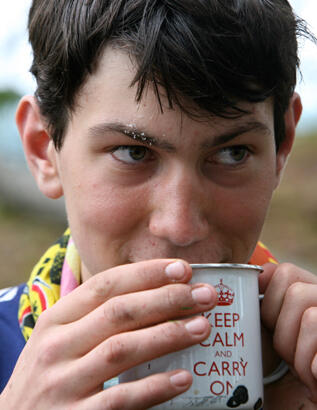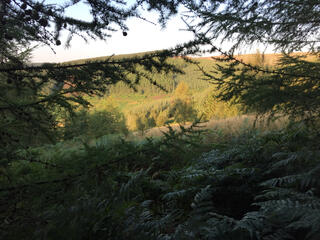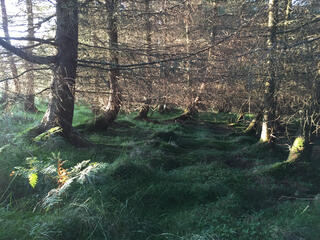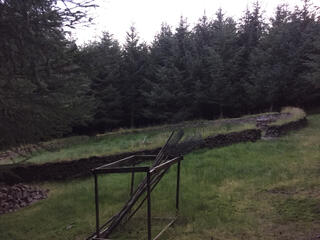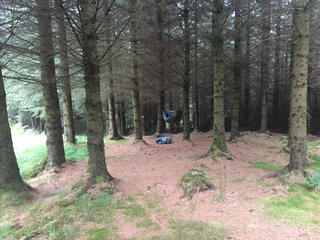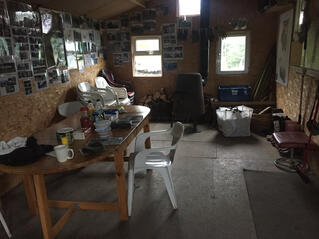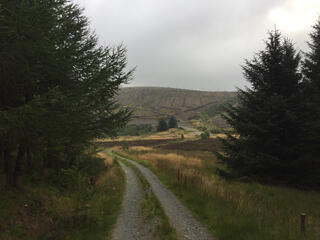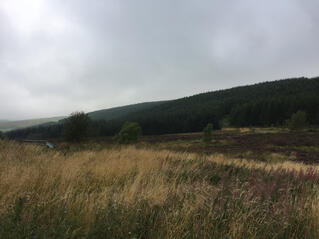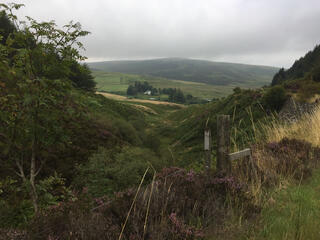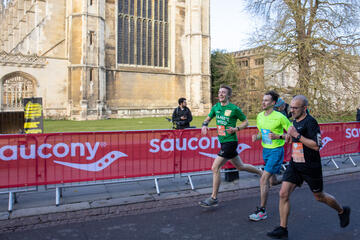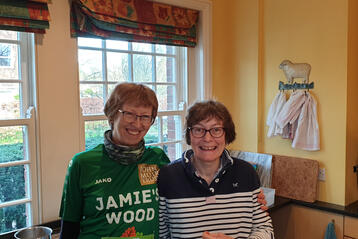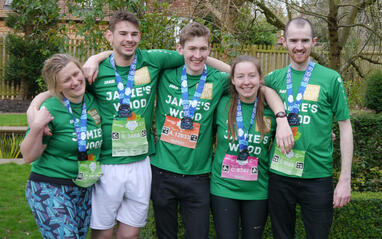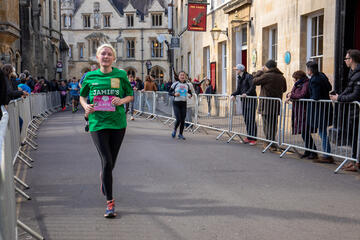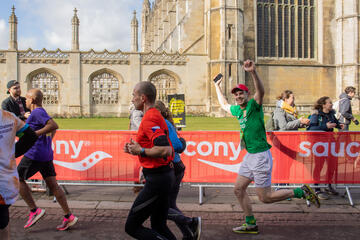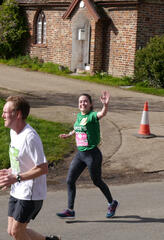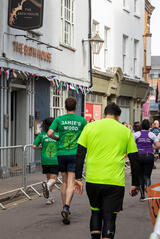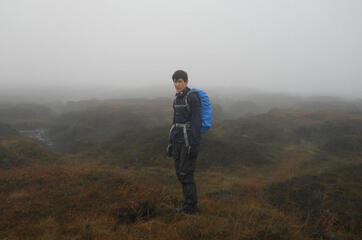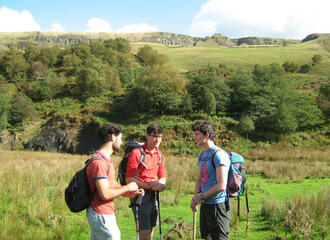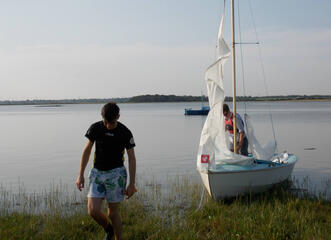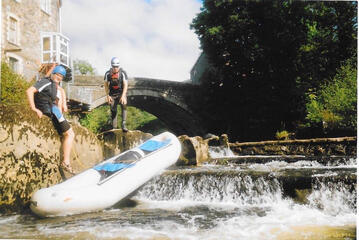Jamie's Wood
A woodland to remember Jamie Gardiner and protect the wild places he loved
The Project
We have raised £74,000 to create a woodland in Jamie's memory on Glenlude Estate in the Scottish borders.Jamie's Wood will be made up of 2000 native rowan, holly, silver birch, eared willow and oak trees, and will provide rich habitats for wildlife and capture carbon dioxide. Over the course of our lifetime we can expect to see saplings grow into a mature woodland which will stand forever in his memory.Jamie lived his passion for nature in countless walks, hikes and expeditions. Since his sudden death while mountaineering in Norway in January 2017, a group of his friends have coordinated this plan as a way to celebrate his life and passion for the natural world.
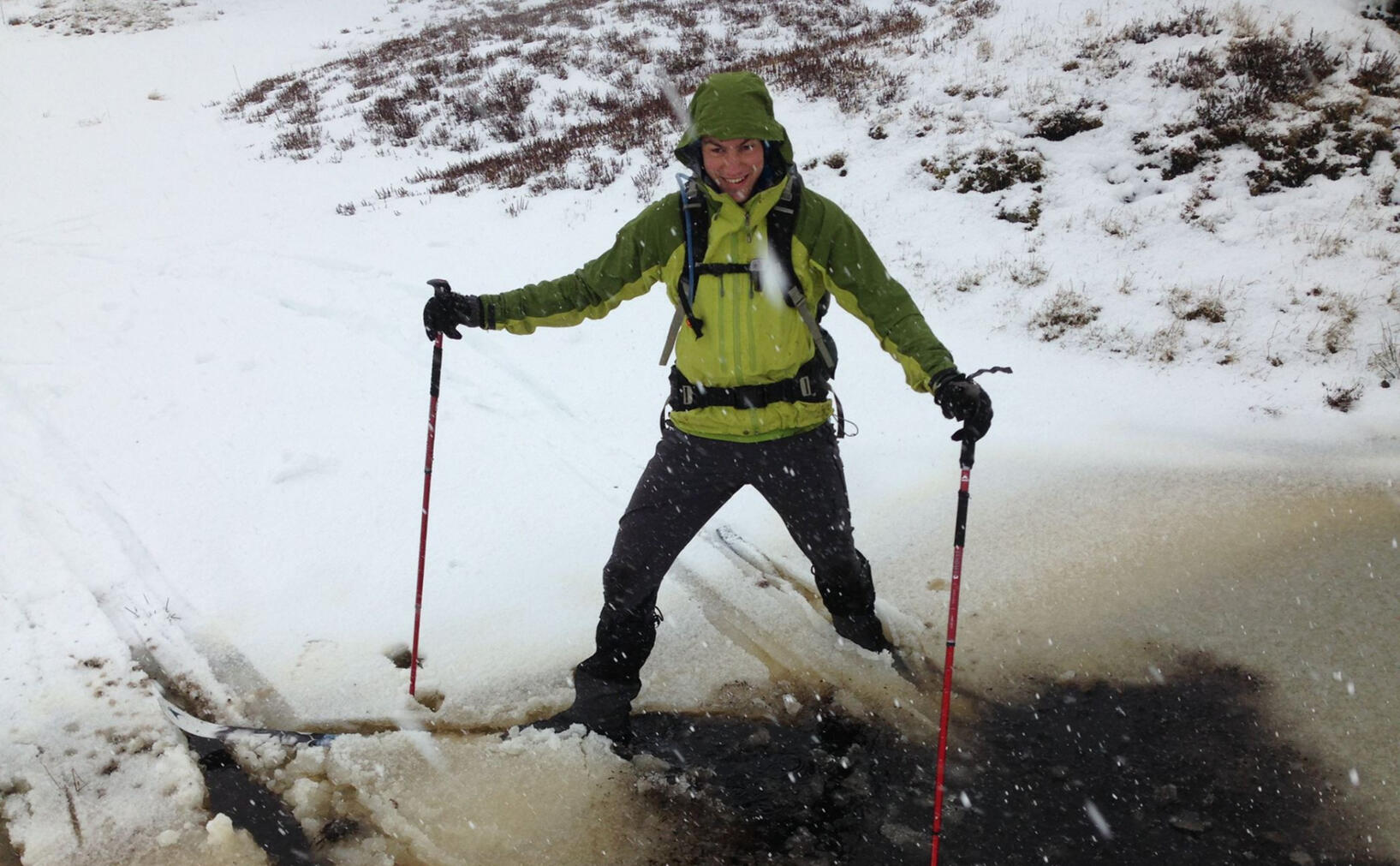
Our plan for Jamie's Wood
How did we choose this project?
We began by researching existing rewilding organisations in the UK, inspired by reading 'Feral' by George Monbiot and 'Wilding' by Isabella Tree. Once a thorough list was established we held preliminary discussions with a number of projects and presented the possibilities back to a 20-strong group of Jamie’s close friends, assessing 5 potential projects according to:- Positive environmental impact for carbon capture
- Positive environmental impact for biodiversity
- Accessibility
- Receptive partner organisation
- Link to JamieGlenlude emerged as the clear preferred option due to its clear project plan, broad community engagement focus, and relative accessibility in the Scottish Borders. In order to confirm our choice we conducted two visits to Glenlude where we met the Head of Land Management at the John Muir Trust, and the Manager of Glenlude Estate.
How long will it take?
In short, 5 years. The first stage of the project focuses on preparing the ground for the new woodland. In autumn 2019 the existing larch plantation will be harvested, bar a few good 'habitat trees' that are hosts for a rich variety of lichens and possible future nesting sites.Over the next five years John Muir Trust volunteers, led by Karen the Estate Manager, will plant 1,500 native trees. The successful return of this habitat to Glenlude will provide a seed stock for future generations of trees and a food source for a variety of native wildlife.After planting, the John Muir Trust will continue to care for the trees until they become established, replacing any trees that don’t survive (5% on average). With time, care and attention, a healthy new woodland, alive with birdsong and insect life, will develop.
Who will do the work and looks after the site?
Planting will be conducted by John Muir Trust volunteers, including schools, corporate groups, locals to the area and John Muir Trust members. Karen, the full time Estate Manager, coordinates and leads this effort.Jamie’s Wood is fully integrated into the wider rewilding plan at Glenlude Estate and will be treated as such on an ongoing basis by the John Muir Trust.
Can you help with tree planting?
Yes, absolutely! Volunteers are always welcome at Glenlude and we will arrange annual tree planting outings to the site to help with planting efforts.
Can you visit the site?
Yes, everyone is more than welcome to visit the site and can camp in the wood or in the John Muir Trust camp sites. Prior notice should be given to Karen the Estate Manager to make arrangements.Each of the photos below correlates - in chronological order, left to right - to the numbered viewpoints on the map.
Fundraising
We have raised £74000 for the five year project to be carried out 2020-24.To donate, please see our donations page.
| Cost | /Year | Overall |
|---|---|---|
| Trees, equipment, materials | £4,680 | £23,400 |
| JMT project management | £8,100 | £40,500 |
| Maintenance and overheads | £2,220 | £11,100 |
| Total | £13,000 | £65,000 |
Key
- Trees, equipment and materials - Purchase of 2000 trees, guards & stakes, and secure storage for an iron horse (a pedestrian controlled tractor with caterpillar tracks for carrying materials which will maximise on the time volunteers will spend planting rather than ferrying). Original budget included purchase of an iron horse, however JMT have decided they can use one previously at work in Skye.
- John Muir Trust project management - Estate Manager's time leading the project, preparing volunteer visits, coordinating planting.
- Maintenance and overheads - contribution to wider running costs of the site and estate, cost recovery to cover overheads.
John Muir Trust
What is the John Muir Trust?
The John Muir Trust is a wild land conservation charity. Established in 1983, the Trust's vision is of a world where wild places are respected and protected, where nature flourishes and where the value of wildness is shared for the benefit of everyone.At each of the Trust’s ten wild land properties it is involved in both conservation and rewilding. Through conservation, the Trust maintains a place’s wild qualities so they can be enjoyed by future generations. Through rewilding the Trust repairs and re-establishes natural processes.
What is the wider plan at Glenlude?
Glenlude covers 149 hectares (378 acres) on the edge of the Southern Uplands, close to the Southern Upland way. The John Muir Trust is working on a 20-year plan to rewild this former sheep farm and conifer plantation into a mosaic of native habitats.Half of the site is an old forestry plantation where trees are grown for harvest and use. The other half used to be a sheep farm and is open grassland with bracken and heather. The John Muir Trust is gradually replacing part of the conifer plantation at Glenlude with native broadleaf trees and planting native woodland on some of the open grassland.
Trees
What do you mean trees capture carbon dioxide?
Carbon dioxide is a greenhouse gas that contributes to global warming. In order to avoid the catastrophic impacts of climate change, the UN has highlighted the need not only to cut emissions but also remove greenhouse gases from the atmosphere (IPCC Report 2018).Trees convert carbon dioxide during photosynthesis, removing the gas from the atmosphere and turning it into biomass. They are broadly recognised as the best greenhouse gas removal technology available to us in the natural world. A national tree planting scheme is part of the UK government's strategy for reducing emissions.Trees reach optimal carbon capture potential at full maturity, therefore planting trees in perpetuity is more valuable for carbon capture than forestry projects with a 30 year lifespan. Jamie's Wood will contribute to these efforts, not only providing habitats for nature, but also contributing to international efforts to combat climate change.
Why is native woodland better than a forestry plantation?
The forested half of the site for Jamie's Wood was purchased as an old sheep farm and planted with spruce and larch in 1995. Forestry plantations are a valuable source of timber and demand has been rapidly increasing as wood is used as a carbon neutral fuel to replace coal.However, plantations are poor for animal habitats and have a lower carbon capture value because they are harvested when trees reach optimal carbon capturing capability.Their canopies are so thick that most light is obscured from the forest floor, not allowing other plants to grow and depriving animals of habitats. Every 30 years plantations are felled, shock displacing the few animals that do settle there. ‘Clear-felling’ leaves the soil exposed and vulnerable to run-off.In contrast, the planting of varied native broadleaf trees will offer a rich range of habitats. Over 300 specialist insects are associated with birch alone including the rare pearl-bordered fritillary butterfly and the aspen hoverfly (UK Biodiversity Action Plan priority species).
Donations and Events
All donations to Jamie's Wood are most welcome through our Give.net page where 25p Gift Aid will be added to every £1 donated.To date, we've raised £55,676.54 of our £65,000 budget.

£50
Will plant and protect a tree for life
£500
Will plant and protect a small glade of 10 trees
£5000
Will plant and protect a grove of 100 trees
Upcoming Events
We will be hosting a number of events to raise funds for Jamie's Wood. Sign up to our newsletter to find out more.
Text
Previous Events
Cambridge Half Marathon
On 8th March, many of us ran the Cambridge Half Marathon to raise funds for this project.
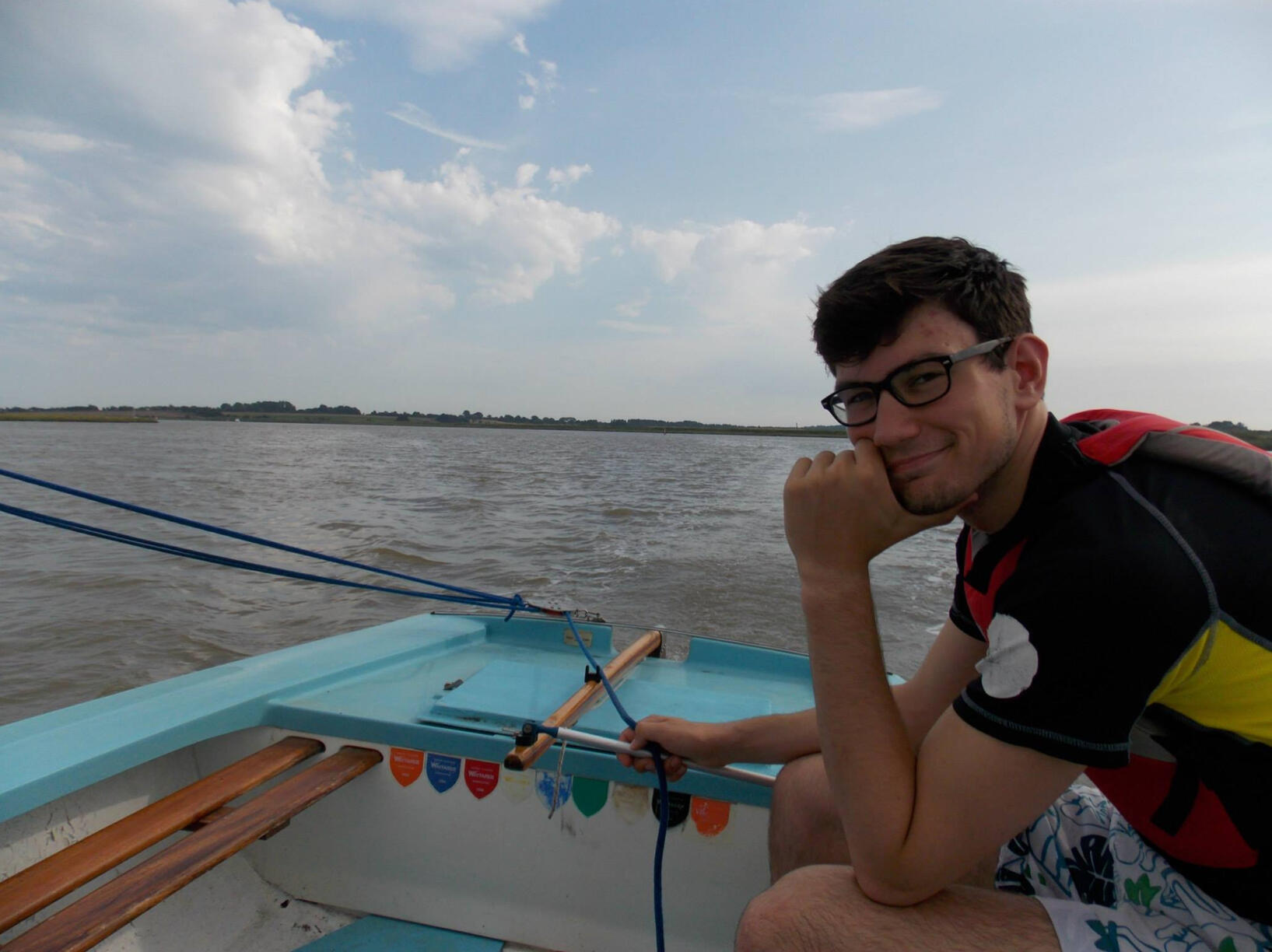
Cambridge Half Marathon
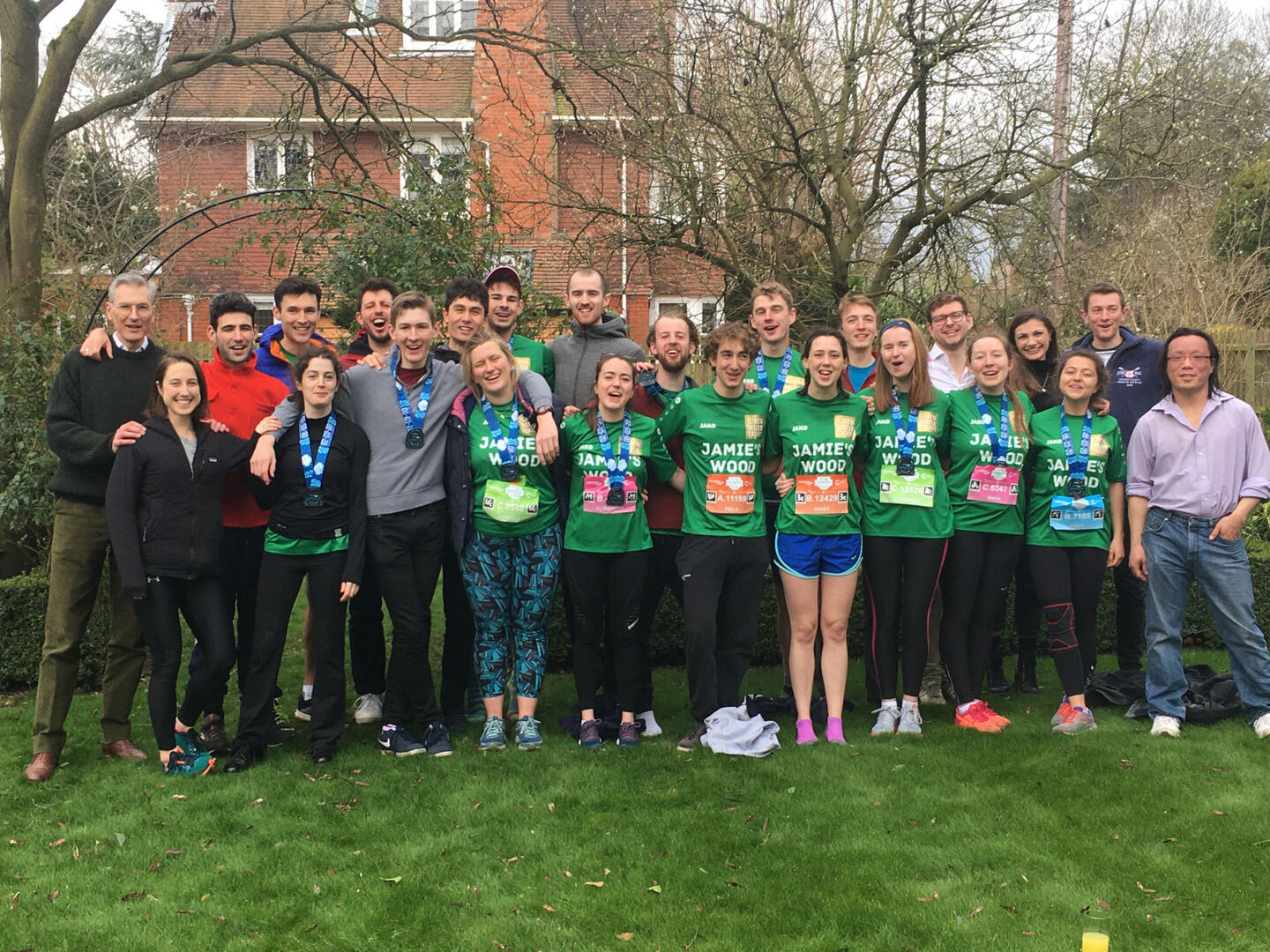
On 8th March, many of us ran the Cambridge Half Marathon to raise funds for this project. You can find Jessica Stewart's thoughts from the race here:
--
It’s almost impossible to believe that it was only two months ago that we ran the Cambridge Half – how life has changed! It’s such a good memory to look back on from the BCV era. We were so blessed that day – probably the last big gathering any of us were able to go to, with our dearest friends – the weather was beautiful, and we all survived (just).As I told anyone who asked, I am not a runner – and I think the same could be said for a good number of us who ran the half marathon. On one hand, I hated every single step of the race. Everything hurt, I was tired after about fifty metres, had blisters by Mile 1 and I discovered hills in Cambridge that I had never noticed on a bike… On the other hand, it was one of the most joyful days of my life, running through my beautiful hometown with several of my friends, in the knowledge that thirty of my closest friends were also running and would be waiting for us at the end with pints of Ghost Ship. And, most importantly, we were doing it all in Jamie’s memory, imagining how proud he’d have been of all his pals putting themselves through this pain.I ran the whole way with Lucy – we hadn’t planned this but happily we were pretty much exactly the same speed, and it was so nice to have someone to moan to – big shout out to ‘Lil Bud’ for keeping me going. Clarissa and Maya were also with us most of the way. Lucy had run one half marathon before we others had never done anything similar. I’m super proud of us and glad that Jamie continues to push us into the courage zone, even now.Our t-shirts, designed by Will, had ‘Jamie’s Wood’ emblazoned on the front, which raised some titters from race organisers, fellow runners and passers-by. As some of us were doing the Zumba warm-up in the race pen beforehand, we were namechecked on the loudspeaker. I hope some listeners might have just googled the project as a result and though it worthwhile. It was great to have a uniform – we could so easily spot each other (less fun when you’ve just started and you see Sam Johansen roaring towards the finish…). And we raised (and are continuing to raise) a really impressive sum! Great thanks to everyone who donated!It was, all in all, so good to do something as a community of Jamie's friends - whether we were running, supporting, fundraising or baking (shout out to Rosey's vegan chilli and the wonderful cakes at Millington Road afterwads). I'll never forget the day, and I might yet be persuaded to put on my running shoes again.
Jamie
Many of us shared and continue to be inspired by Jamie's love of the natural world. Here are some reflections from his childhood friend Fred Wienand:Jamie’s passions were many and varied, but one of his deepest and earliest was for the wild places of this world. As a tribute to another of his avid interests, history, one account of his life could be said to revolve around his numerous and increasingly ambitious adventures and expeditions. As venturesome boys, we spent much of our childhood at the bottom of our respective gardens or charging across the flood meadows of East Anglia. Around the same time, Jamie was devouring the writings of Alfred Wainwright and, later, Robert Macfarlane, as well as many others besides. I was lucky enough to traverse the ridges of the Peak District and scale the fells of the Lake District with him during those early years. Many of my most cherished memories of our time together find us striding between pubs in the Eskdale valley, swimming in the burns of Rannoch Moor or camping on the eastern slopes of South Uist. As a young man, Jamie’s expeditionary appetite increased exponentially, and saw him travel to Greenland, the Italian Alps, Albania and Spitsbergen, and his concern for maintaining and safeguarding our last wild spaces became insistently paramount towards the end of his brief, bright life.Perhaps the most extraordinary feature of Jamie’s love of the wild was the number of people he shared it with. In the years since his death, so many of us, his family and friends, have had the heartening comfort of reminiscing together about the various trips and travails on which we accompanied him. There is not space here to enumerate all of Jamie’s expeditionary endeavours, but there are two things I can offer which, I hope, will give a sense of how keenly and powerfully Jamie loved the wild. The first is that, whenever I now travel to the Outer Hebrides, walk along the sheep paths of Eskdale or see the sunset over Grantchester meadows, I think of Jamie. I think of the unfathomably precious gift he gave me and so many others: a deep and lasting love for the beauty and peace of our wild places. When I find myself in those places, I feel he is with me, on the mountains and in the trees, and that is the greatest solace I have known.The second is an extract from a poem Jamie wrote at the age of 15, reflecting on the summit of Low Fell.
We sat upon the little grassy summit, the neat pile of stones,
A pinnacle of success. The panting breaths subsided,
I am strangely at peace.
I gaze around:
Beneath our boot lips, lay lakes of glass,
moors of smoke; rising from gravely shores,
against which perfect crests lap. And above the lakes,
and above the moors,
silent hills stood ever watchful.Yet still ever high beyond the hills rose mountains,
shoulder to shoulder, so as to make it imperceptible,
where the mountains ended, and the heavens
began.But on that day both were each,
and for that I was at peace.
